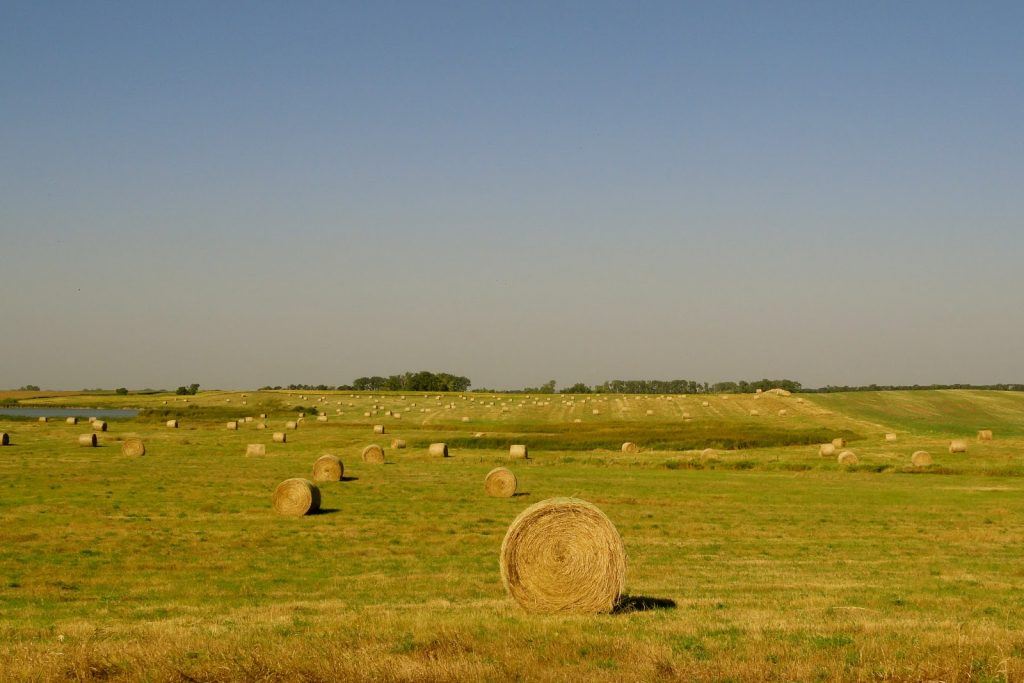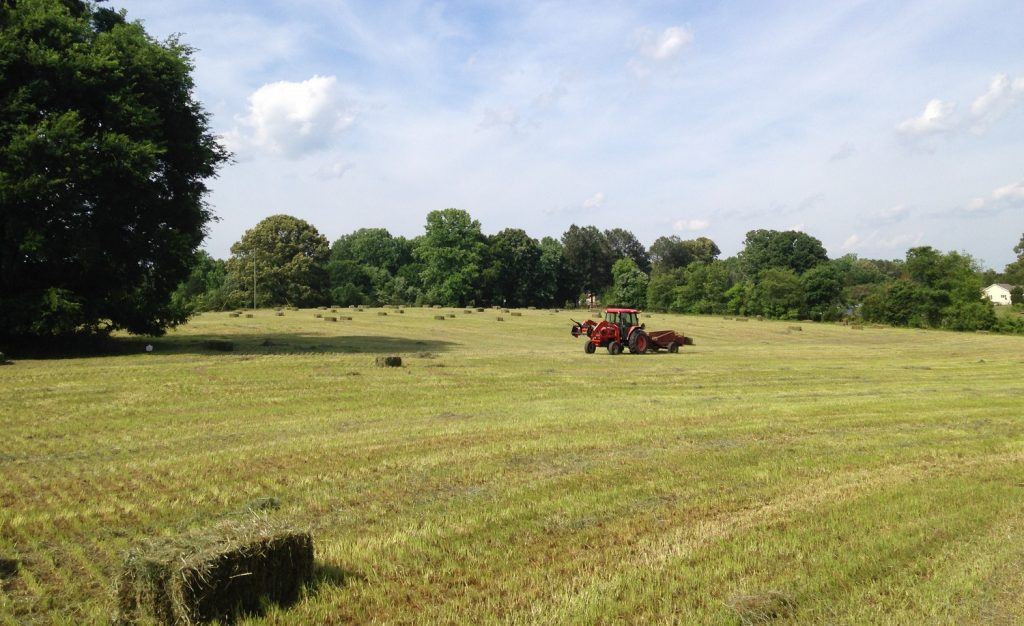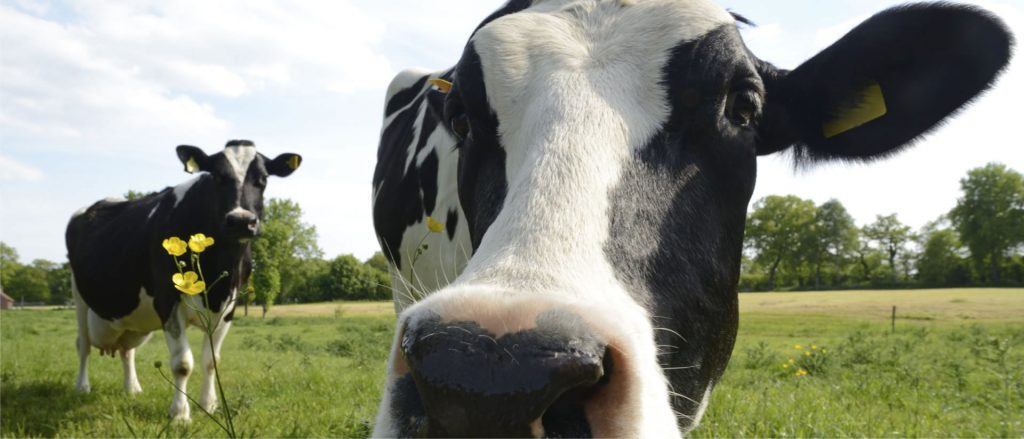In the past year, the spread between dairy-quality hay, which is alfalfa hay with a relative feed value of 150 or better, and lower-quality hay has been the largest it has ever been—almost a $100 difference this month, according the University of Wisconsin.
Seth Hoyt, hay market analyst and author of The Hoyt Report, says that’s likely to continue into 2016.
“The spread will probably stay really wide between the top and bottom of the market,” he says. “There’s a lot of lower-quality hay out there right now.”
While prices rebounded in the middle of the country (shown in the chart below), in the West alfalfa hay prices have softened, which has been great for dairy producers, but not good for alfalfa farmers, encouraging them to reduce acres.
Overall hay carryover into 2016 will be up, but the majority of that hay is middle-to-lower-quality, says Hoyt, who’s been monitoring the movement of alfalfa for decades. He says demand is hard to get a handle on because a lot of dairies in the West have big inventories of alfalfa hay on hand, and some might not purchase much hay the first half of next year.
“When the dairies were making money in 2014, they bought extra hay,” he says, “altering the normal demand and marketing pattern in 2015.”
Paired with the fact that most dairies in the western states have cut back the amount of alfalfa they are feeding their milk cows, Hoyt says he’s not willing to speculate where western hay prices will go in 2016.
“The amount of alfalfa hay being fed to milk cows is a lot less than a few years ago,” he says. “Which is why it’s hard to figure out demand.”
Dan Undersander, a forages professor at the University of Wisconsin, says in his part of the country there’s going to be a continued demand for dairy quality hay—enough to drive the price upward, and possibly even enough to cause a shortage.
“There’s going to continue to be demand for dairy quality hay,” he says, “and because we’re in short supply now, stocks will be tight this winter.”
Undersander says there was a huge amount of alfalfa production in the Midwest, but a lot of that hay didn’t turn out to be dairy quality because of rain damage and mold. Neither Hoyt nor Undersander were willing to put a number to the price of high quality alfalfa hay next year, but they agree the supply and demand situation will right itself in the future.
Read More on http://www.agweb.com/





No Comments Comment